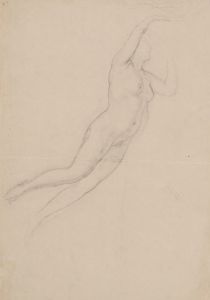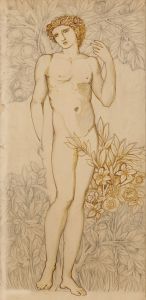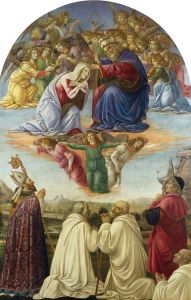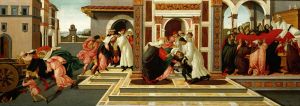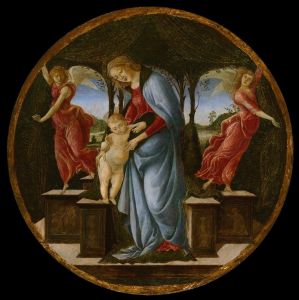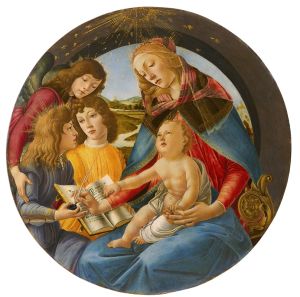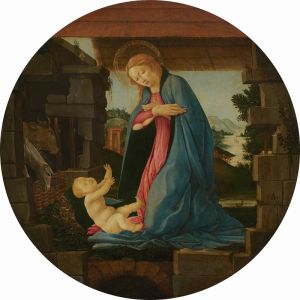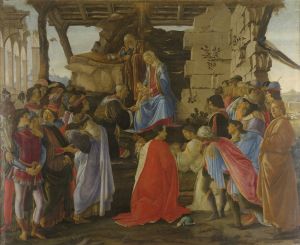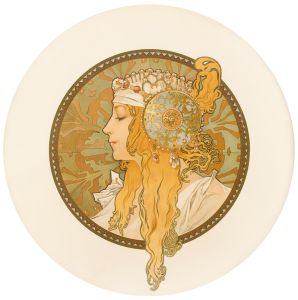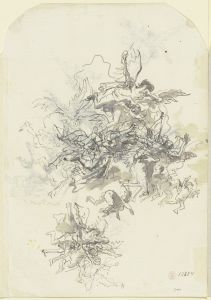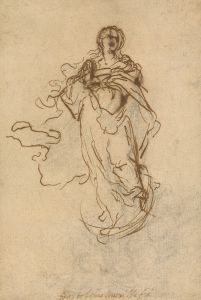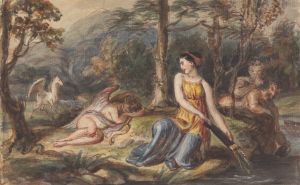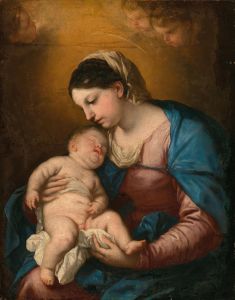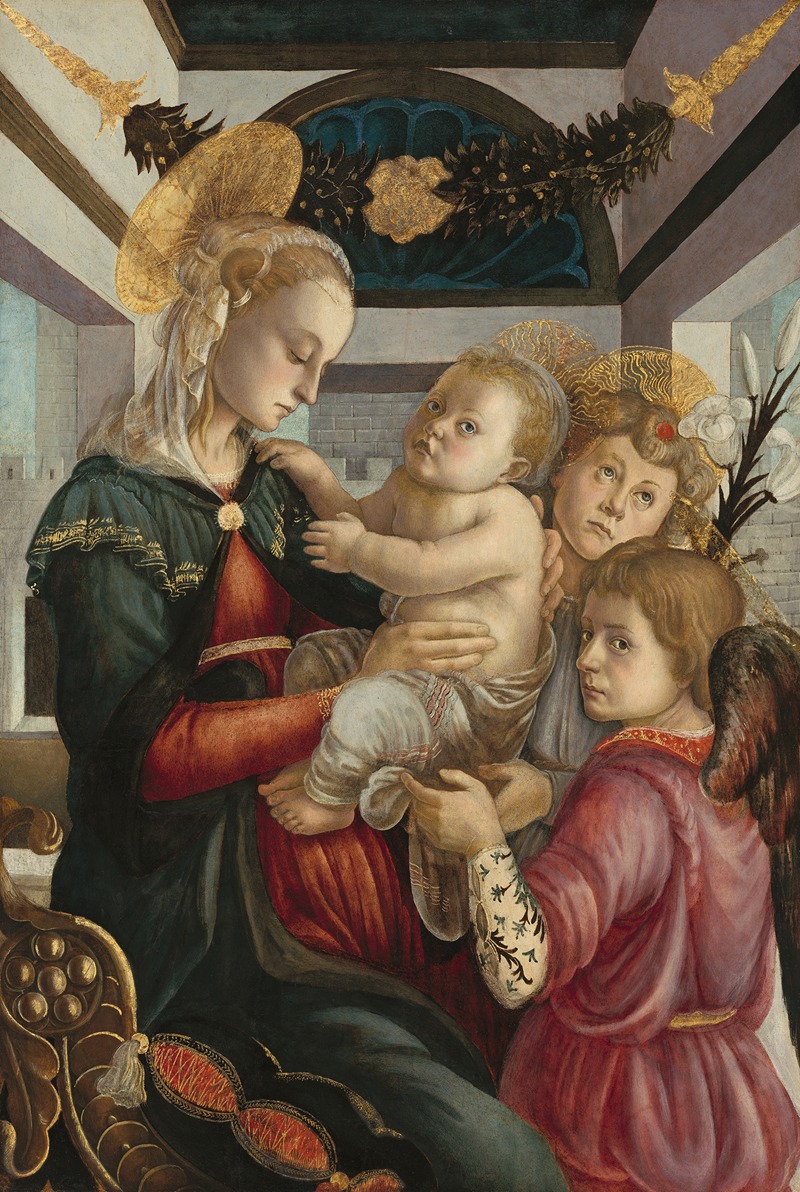
Madonna and Child with Angels
A hand-painted replica of Sandro Botticelli’s masterpiece Madonna and Child with Angels, meticulously crafted by professional artists to capture the true essence of the original. Each piece is created with museum-quality canvas and rare mineral pigments, carefully painted by experienced artists with delicate brushstrokes and rich, layered colors to perfectly recreate the texture of the original artwork. Unlike machine-printed reproductions, this hand-painted version brings the painting to life, infused with the artist’s emotions and skill in every stroke. Whether for personal collection or home decoration, it instantly elevates the artistic atmosphere of any space.
"Madonna and Child with Angels" is a painting by the renowned Italian Renaissance artist Sandro Botticelli. Botticelli, whose full name was Alessandro di Mariano di Vanni Filipepi, was an influential painter of the Florentine School during the Early Renaissance. He is best known for his works "The Birth of Venus" and "Primavera," which exemplify the grace and beauty of his style.
The painting "Madonna and Child with Angels" is a fine example of Botticelli's religious works, which often depict the Virgin Mary and the Christ Child, a popular subject in Christian art. This particular composition features the Madonna holding the infant Jesus, surrounded by angels, a common theme that symbolizes divine protection and the heavenly nature of Christ.
Botticelli's depiction of the Madonna is characterized by his use of delicate lines and soft, flowing drapery, which lend a sense of elegance and serenity to the figures. The Virgin Mary is often portrayed with a gentle, contemplative expression, reflecting her role as the mother of Christ and her significance in Christian theology. The Christ Child is typically shown with a sense of innocence and divine wisdom, embodying both his humanity and divinity.
The angels in Botticelli's work are depicted with youthful, ethereal beauty, often with flowing hair and graceful poses. They serve to enhance the spiritual atmosphere of the painting, emphasizing the sacred nature of the scene. The use of angels in religious art is a tradition that dates back centuries, symbolizing messengers of God and guardians of the holy figures.
Botticelli's color palette in "Madonna and Child with Angels" is notable for its use of soft, harmonious tones, which contribute to the overall sense of peace and reverence in the painting. His attention to detail and mastery of composition are evident in the way he arranges the figures, creating a balanced and harmonious scene that draws the viewer's eye towards the central figures of the Madonna and Child.
The painting reflects the influence of the Medici family, who were prominent patrons of the arts in Florence during Botticelli's time. The Medici's support of artists like Botticelli helped to foster the flourishing of the Renaissance, a period marked by a renewed interest in classical antiquity and the development of new artistic techniques.
"Madonna and Child with Angels" is housed in various collections, with different versions attributed to Botticelli and his workshop. These works continue to be studied and admired for their artistic merit and their contribution to the rich tapestry of Renaissance art. Botticelli's ability to convey both the human and divine aspects of his subjects has ensured his place as one of the most celebrated artists of his time.
In summary, "Madonna and Child with Angels" exemplifies Sandro Botticelli's skill in creating religious imagery that is both beautiful and profound. His work captures the essence of the Renaissance, blending classical influences with Christian themes to produce art that resonates with viewers across the centuries.





